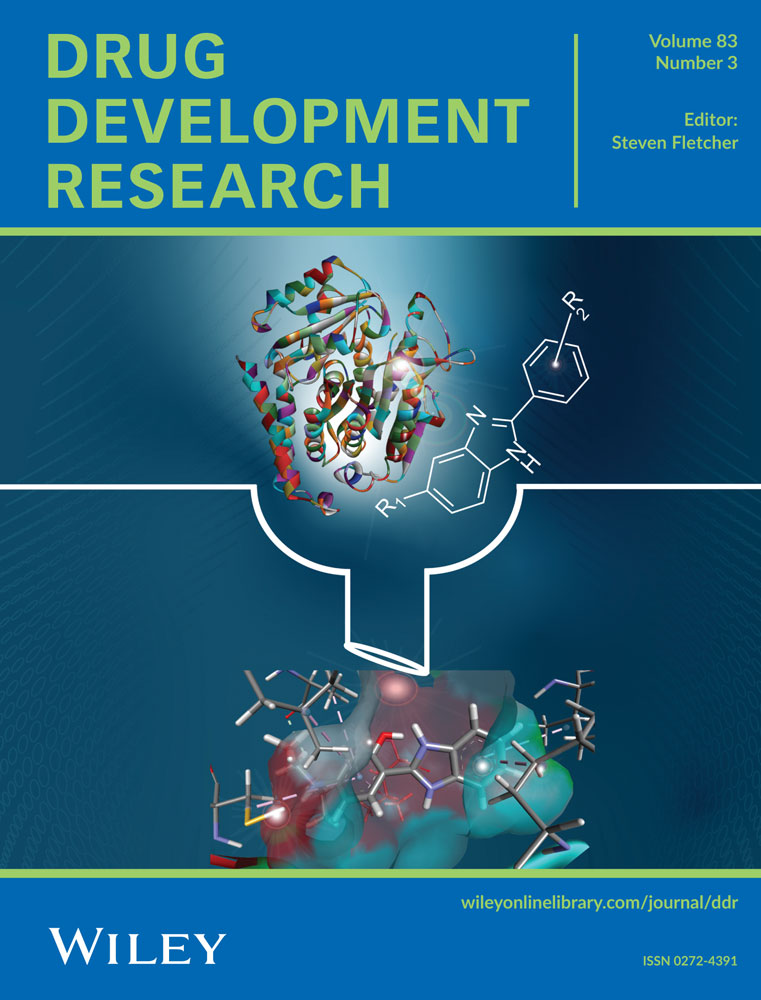Unveiling Immunotherapy Evasion in Lung Cancer: The Role of Fanconi Anemia and Stemness Genes in Shaping an Immunosuppressive Microenvironment
Abstract
The study aimed to investigate the fanconi anemia (FA)-related and stemness-related genes in lung cancer (LC) patients. Firstly, we identified stemness-related genes through weighted gene co-expression network analysis combined with TCGA database. Further combined stemness-related genes with FA-related genes to screen for prognostic-related genes. Risk score was constructed from the screened genes and comprehensive bioinformatics analyses were performed. Finally, single-cell data and in vitro experiment were used to validate our results. We screened a total of eight genes to construct a risk score. The risk score was an independent prognostic factor for LC. The validation results of multiple GEO databases were consistent with our results. Functional and pathway enrichment analysis showed that risk score was associated with cell cycle, DNA replication, DNA damage repair, and immune-related pathways. The results showed to be related to the stem cell self-renewal and proliferation. Besides, we also found that patients with higher risk scores had lower immune activity and function, and the effectiveness of immunotherapy might be poorer, with a higher rate of immune escape. Finally, our results revealed that SLC2A1 had the highest correlation with B cells in single-cell data analysis, and we validated its correlation with B cells and its expression with FA-related genes, tumor invasiveness, stemness, and drug sensitivity. Our research constructed a risk score based on FA-related and tumor stemness-related specific genes. In addition to accurately predicting the prognosis of patients with LC, the risk score may also serve as an innovative and viable predictor of immunotherapy response.

 求助内容:
求助内容: 应助结果提醒方式:
应助结果提醒方式:


